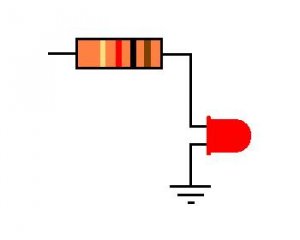I am a wargame 3D building constructor...Right now i am building a Batcave(Batmans Hideout..lol) for the game Heroclix...approx. 1/43 scale.
The construction is all polystyrene (blue foam). I want to install LED lights into a few areas of the cave...Please understand that i know nothing of this
1. Can i use battery power to run the LEDs? (preffered if possible)
2. Will LEDs be sufficient light to run fiber optics? I want to cast a beam 3" in diameter...
3. Where is a cheap source for LEDs? (clear mostly)
I am sure more questions will arise as i learn more Thanks in advance!!
Thanks in advance!!
The construction is all polystyrene (blue foam). I want to install LED lights into a few areas of the cave...Please understand that i know nothing of this
1. Can i use battery power to run the LEDs? (preffered if possible)
2. Will LEDs be sufficient light to run fiber optics? I want to cast a beam 3" in diameter...
3. Where is a cheap source for LEDs? (clear mostly)
I am sure more questions will arise as i learn more




